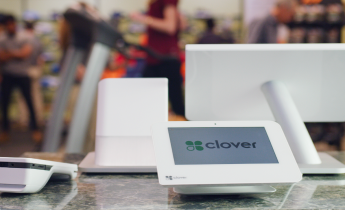Online Credit
Card Processing
Accepting online payments simplifies the payment acceptance process and empowers businesses to access crucial financial data anytime, anywhere.
Get the most out of
online payments.
For businesses that depend on an online shop, a full eCommerce platform, or a charitable donations page to get paid, the ability to accept credit card payments is crucial.
With a range of powerful solutions to accept payments and manage transactions, our online payments gateway makes it easy to grow ecommerce and get paid faster.
Integrations + Plugins
If your business also accepts in-store payments or plans to in the future, you can choose from our point-of-sale (POS) and payment terminal solutions, all seamlessly integrated to the CardPointe Gateway.
- Out-of-the-box add-ons
- eCommerce plugins
- B2B solutions
In-Store Payment Acceptance
Our broad suite of point-of-sale (POS) devices and countertop accepts payments of all types - including EMV, NFC, digital wallets, and however else customers choose to pay.
Enhance the in-store checkout experience.
Tap, dip, or swipe payments. We have it all. Our in-store credit card processing solutions are customizable to any unique business need, making it the perfect fit for any business type from retail storefronts, food trucks, bakeries, and more.

Protection for every transaction.
When processing with CardPointe, every card-present transaction passes through our payment gateway and is protected by our layer of defense called CardSecure - a powerful combination of our patented tokenization and point-to-point encryption (P2PE).
Got questions? We got answers.
Contact Us
Your success in payments starts here! Please select your partnership type below so we can connect.









